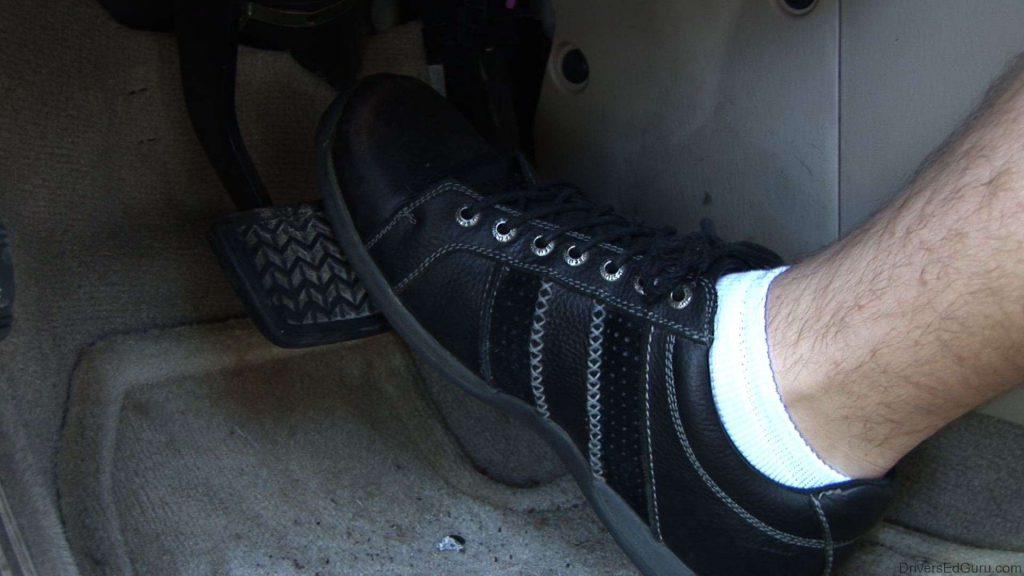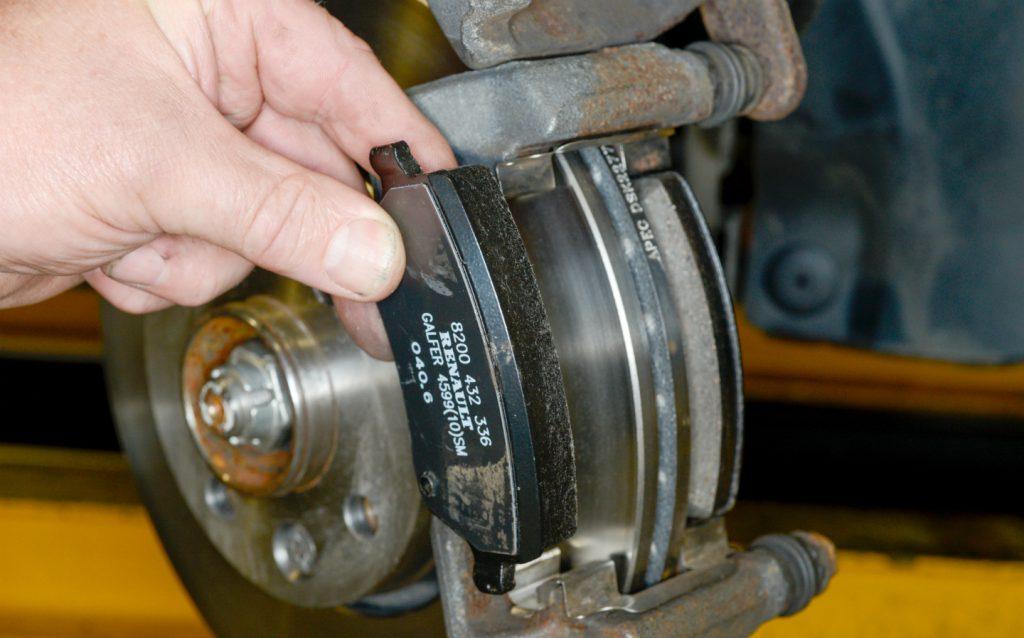The car brakes are as important a component as the engine. If you need a powerful engine to start the car and push it to the limits, then you also need a powerful brake to stop it. Modern-day vehicles mostly utilize a hydraulic brake system to slow down or stop the vehicle. However, the first question that comes to mind is whether this system is effective for all types of vehicles. It is here that many ask about the air brake system, and how do air brakes work to control the vehicle while driving. Let us find out how does this brake system works to not only slow down an over speeding vehicle but also prevent an accident.
Contents
How Do Air Brakes Work – Know Here
A compressed air brake system includes a compressed liquid, which replaces the hydraulic system with compressed air. It applies the necessary pressure to the master cylinder piston, which presses the brake pads to stop or slow down your car. We know that different types of vehicles have different requirements, as some are used for light work while others carry a heavy load. You can browse online to find the best maintenance tips for your vehicle braking system.
Before we begin, you should know that the air brake system comprises of components as air compressor, air compressor governor, brake pedal, dirt collector, air dryer, brake valve, brake drums, and air storage. Each of these components performs a varied function to keep the air brake system functional.
Now, we shall understand in details as to how exactly an air brake system works inside your vehicle.
1. Engine and Brake Pedal
When you start the car engine, the brake compressor will start, as it is directly driven by the engine. It starts compressing the atmospheric air, and via the compressor governor, the compressed air reaches the air reservoir, which has some air stored from last time.
Now, when the driver presses the brake pedal, the outlet valve of the brake valve closes and the inlet valve opens up. It provides the necessary passage to the compressed air from the reservoir to pass through the brake lines of the system. It is the first step in understanding How Do Air Brakes Work process.

SEE MORE:
- Annoying Break Problems In The Car You Need to Know
- How to Remove Heavy Brake Dust From The Car Wheels
2. The Brake Cylinder
Next, the compressed air flowing through the brake lines is transferred to the brake cylinder. The brake cylinder contains a piston inside. When the compressed air applies pressure over the piston inside the brake chamber, the piston moves from its original position. The movement converts pneumatic energy into mechanical energy.
3. The Brake Pads
On the wheel end of the brake cylinder, the brake drums placed inside, which there is a housing space of the mechanical actuator such as springs or slacks with brake pads on the outer end. It is how the air brake system in your car works.
Owing to the movement of the piston because of the pressure of compressed air, the mechanical actuator expands, which pushes the brake pads in an outward direction in order to make frictional contact with the rotating drum lines. With the frictional contact between the brake pads and rotating drum lines, the brakes stop or slow down the vehicle.

Summing Up
Thus, we hope that this blog has answered your how do air brakes work in details. If you have any other queries regarding the functioning of the braking system of your car, we are here.



